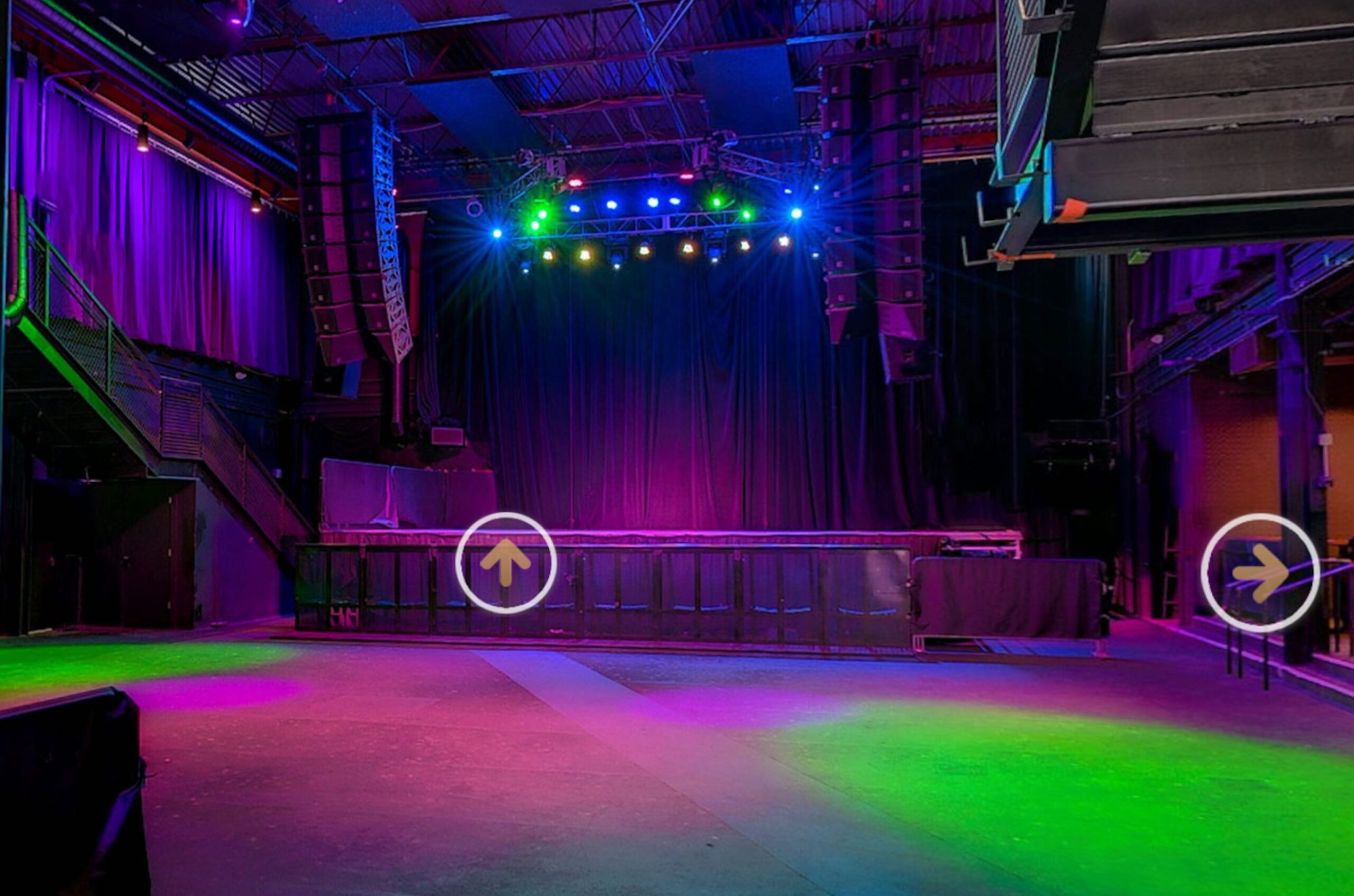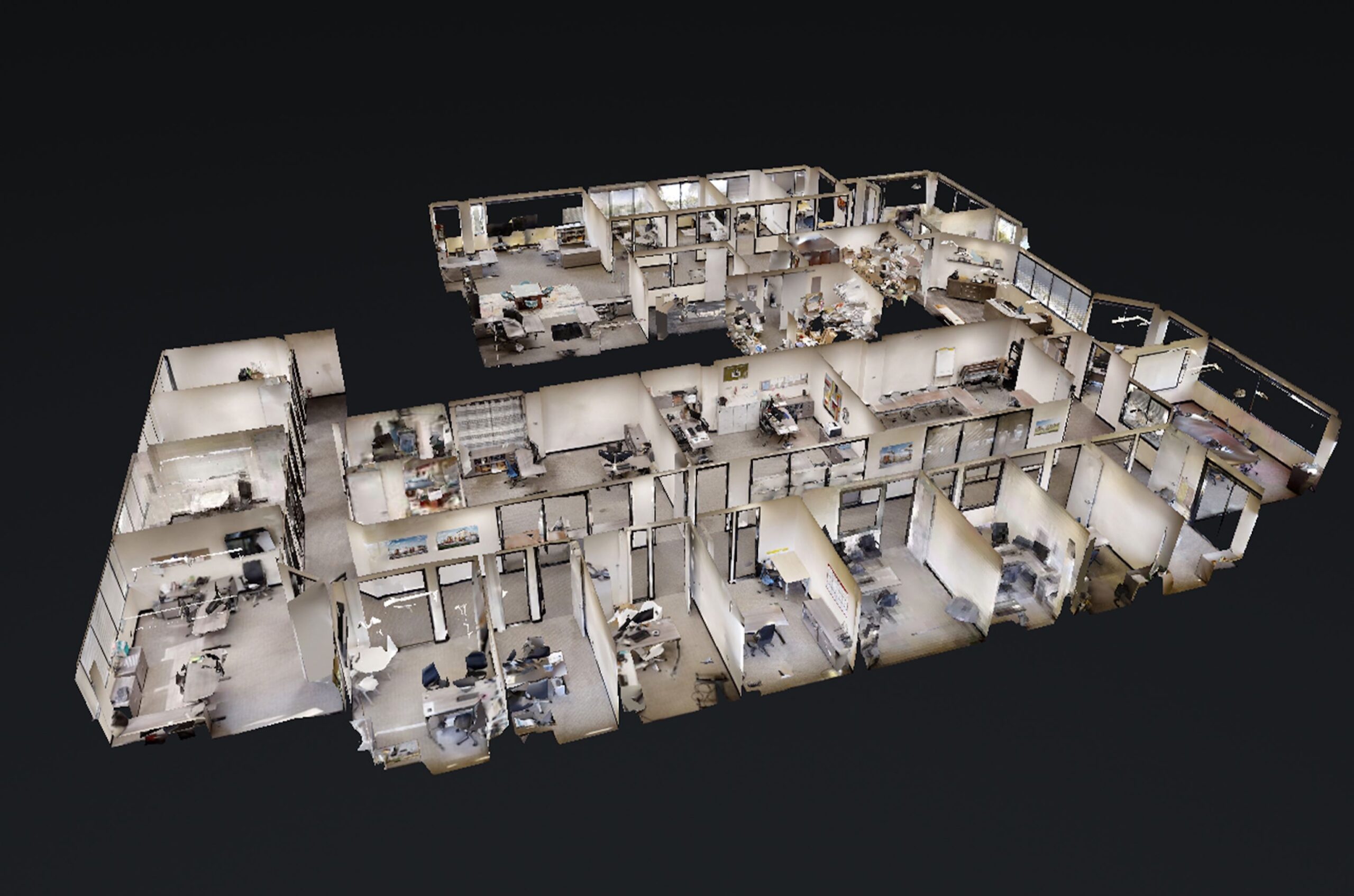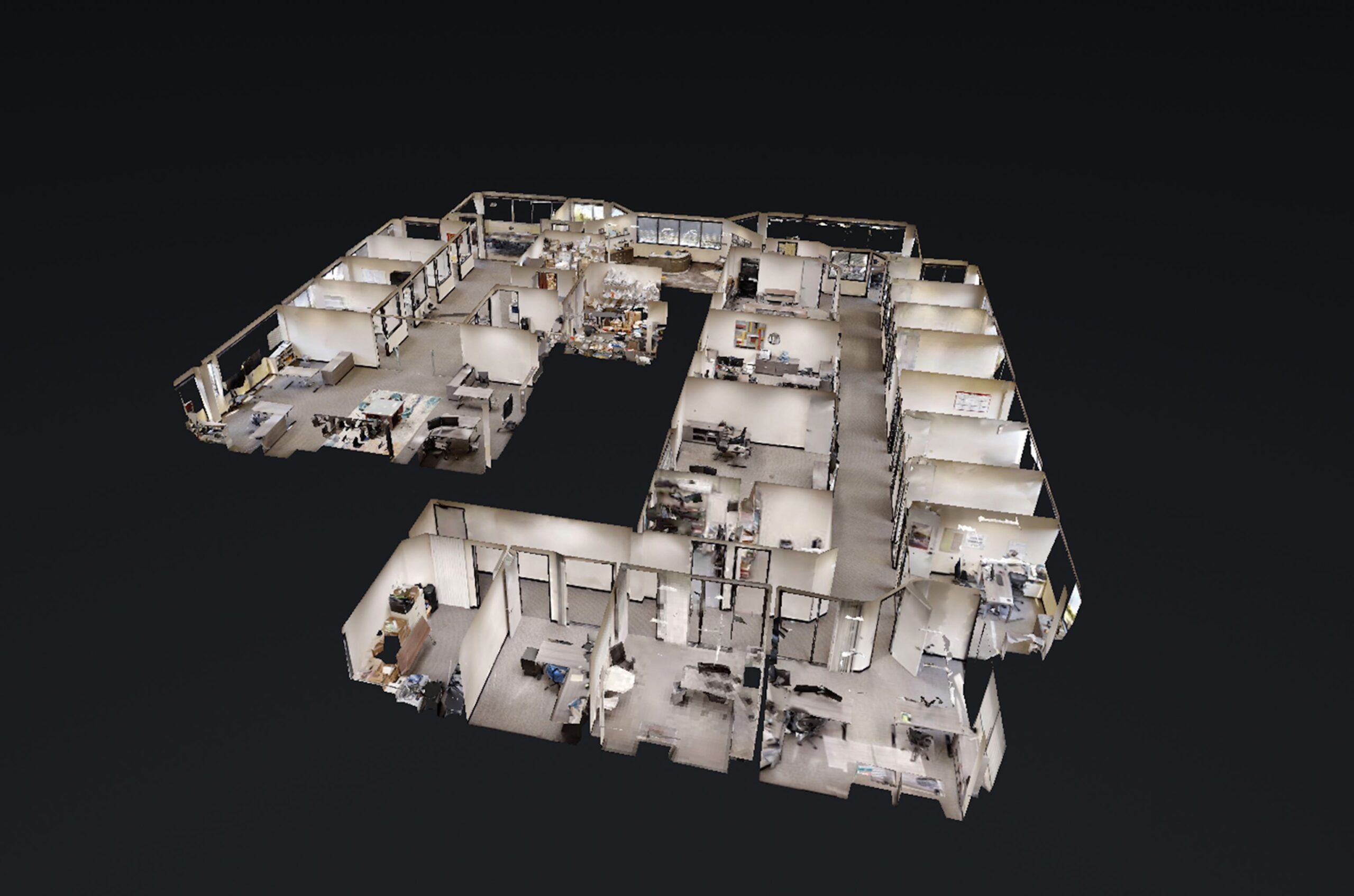In a digital era where experience is currency, event spaces have embraced technology to captivate and engage their potential clients. One of the most groundbreaking tools in their arsenal is the 360 virtual tour. This immersive technology offers a panoramic view of event spaces, allowing clients to visualize their events with stunning clarity.
But how can you effectively utilize 360 virtual tours to enhance your event space marketing? Let’s delve into innovative strategies that can set your venue apart.
The Immersive Advantage
A 360 virtual tour is more than just a visual aid; it’s an immersive experience that transports potential clients into your space. Unlike traditional photographs or videos, virtual tours offer a comprehensive, user-driven exploration of your venue. They can control the narrative by choosing where to look and which areas to explore in more detail, just as they would in a physical walkthrough.
Tips for Crafting an Engaging Virtual Tour:
- High-Quality Imagery: Use high-resolution images to ensure that your virtual tour is clear and detailed, reflecting the true beauty of your space.
- Interactive Features: Incorporate interactive elements such as information hotspots, audio descriptions, and embedded videos to provide more in-depth details and stories about the space.
- Ease of Navigation: Make sure the tour is user-friendly, with intuitive controls and a seamless interface, to keep potential clients engaged and interested.
- Mobile Optimization: Ensure your virtual tour is optimized for mobile devices, catering to the growing number of users who rely on their smartphones for planning and research.
Integrating Virtual Tours into Your Marketing Strategy
Virtual tours can be a powerful standalone tool, but their true potential is unleashed when integrated into a comprehensive marketing strategy.
- Social Media Integration: Share snippets of your virtual tour on social media platforms with calls to action that direct viewers to the full experience on your website.
- Email Campaigns: Embed links to your virtual tour in email marketing campaigns, enticing recipients with the promise of an interactive exploration.
- Virtual Reality (VR) Experiences: Offer VR headset compatibility to provide an even more immersive experience at trade shows or during client visits.
- Search Engine Optimization (SEO): Optimize the web page hosting your virtual tour with relevant keywords, meta descriptions, and alt text to improve search rankings and visibility.
Innovations in Virtual Tour Technology
The world of virtual tours is constantly evolving, with new innovations that can further enhance the client experience.
- Artificial Intelligence (AI) Guides: Implement AI-powered guides that can lead clients through the virtual tour, providing context and answering questions in real-time.
- Live Virtual Tours: Combine the interactivity of virtual tours with the personal touch of a live guide who can answer questions and discuss the space in real-time via live stream.
- Customization Options: Allow clients to customize the space within the virtual tour, experimenting with different layouts, lighting, and decor to visualize their event.
Measuring the Impact
To truly understand the effectiveness of your virtual tours, it’s important to measure their impact.
- Analytics: Use analytics tools to track how users interact with your virtual tour, noting engagement levels, time spent, and conversion rates.
- Feedback: Collect feedback from clients about their virtual tour experience to gather insights into how it can be improved.
- Bookings: Monitor the correlation between virtual tour interactions and actual bookings to gauge ROI and inform your marketing strategy.
Conclusion
360 virtual tours represent a dynamic shift in event space marketing, offering an engaging and innovative way to showcase venues. By combining high-quality visuals, interactive features, and a seamless user experience, you can create an immersive journey that resonates with potential clients.
When integrated into a broader marketing strategy and bolstered by the latest technological advancements, virtual tours can significantly enhance your venue’s marketability, leading to increased engagement and conversion rates. In the competitive landscape of event space marketing, 360 virtual tours are not just a trend; they are the future of customer engagement and the key to unlocking the full potential of your venue.







